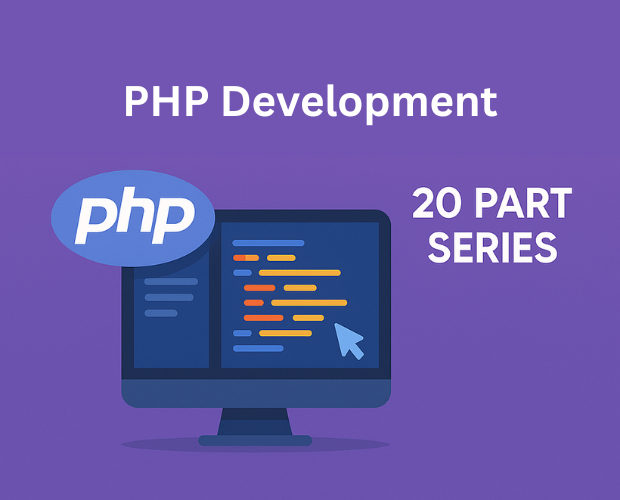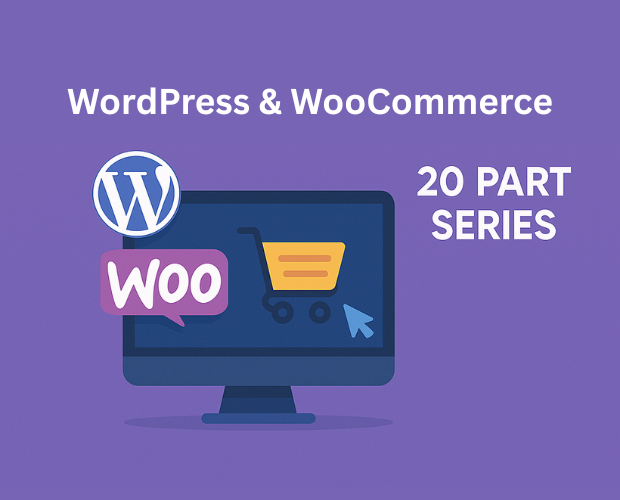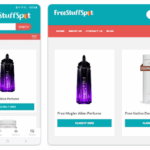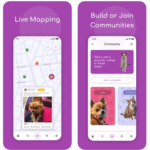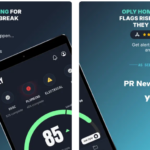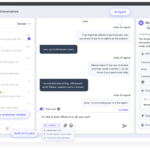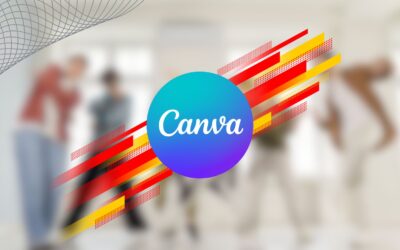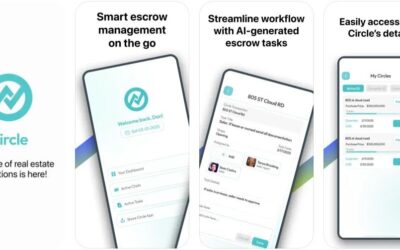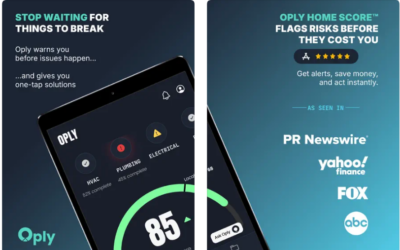Introduction
In the ever-evolving world of digital design, collaboration and efficiency are the cornerstones of successful product development. Figma, a powerful web-based interface design tool, has revolutionized the way teams create, prototype, and collaborate on digital experiences. Whether you’re designing a sleek mobile app, a responsive website, or an entire design system, Figma provides an all-in-one platform that empowers creativity and teamwork without boundaries.
How Figma Stands Out
What truly makes Figma the best among design tools is its cloud-first collaboration model. Unlike traditional software that requires installations or version syncing, Figma operates directly in the browser, allowing multiple users to work simultaneously on the same project — just like Google Docs, but for design. Designers, developers, and product managers can view, comment, and edit in real-time, eliminating the back-and-forth of endless file versions.
Another key advantage is Figma’s accessibility. Being web-based, it works seamlessly across Windows, macOS, and even Linux — ensuring every member of a creative team can collaborate effortlessly, no matter what device they use. Its real-time feedback and auto-save features further enhance workflow, making it one of the most efficient and user-friendly tools available today.
Key Features of Figma
Real-Time Collaboration
Multiple team members can work on the same design file simultaneously, enabling instant feedback and reducing communication gaps.
Vector Networks
Figma’s flexible vector network system gives designers complete control over shapes and paths, simplifying complex designs without technical constraints.
Prototyping and Animation
Designers can create interactive prototypes directly within Figma — no need for external tools. Smooth transitions, smart animations, and interactive flows bring designs to life effortlessly.
Design Systems and Components
Reusable components and shared libraries help maintain consistency across projects. Teams can build scalable design systems that evolve with their brand.
Developer Handoff
With built-in code inspection and export tools, developers can easily access design specifications, CSS properties, and assets, making the handoff process fast and seamless.
Plugins and Integrations
Figma supports a vast ecosystem of plugins for automation, accessibility, and productivity — plus integrations with project management tools like Slack, Jira, and Notion for smooth team workflows.
Cross-Platform Accessibility
Because Figma runs in the browser, you can design from anywhere — at home, in the office, or on the go — without worrying about compatibility issues.
Conclusion
Figma has reimagined what a design tool can be — not just a platform for creating beautiful interfaces, but a collaborative space that connects designers, developers, and stakeholders in real time. Its ease of use, powerful features, and team-friendly approach make it an essential tool for modern design teams worldwide. Whether you’re a solo designer or part of a large organization, Figma ensures that your creative vision flows smoothly from concept to final product — beautifully and collaboratively.



